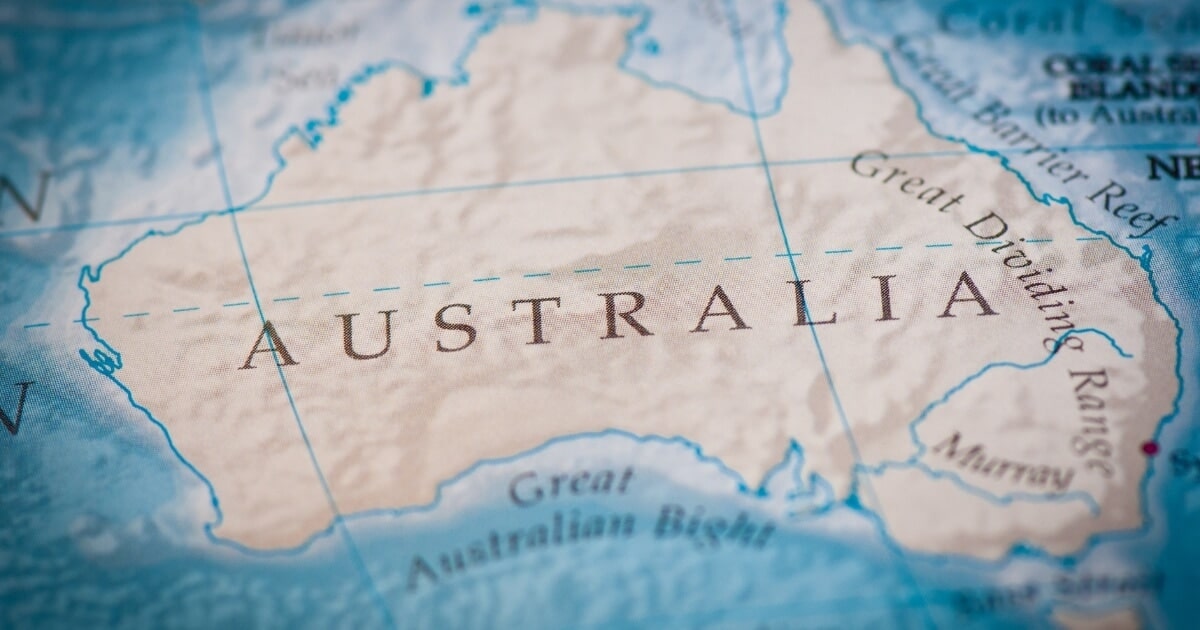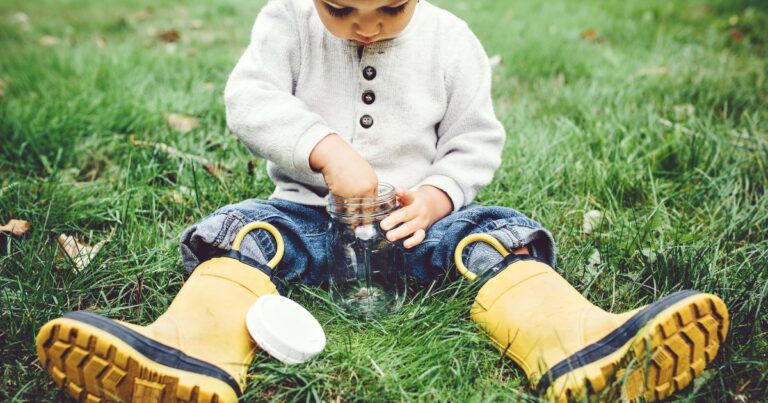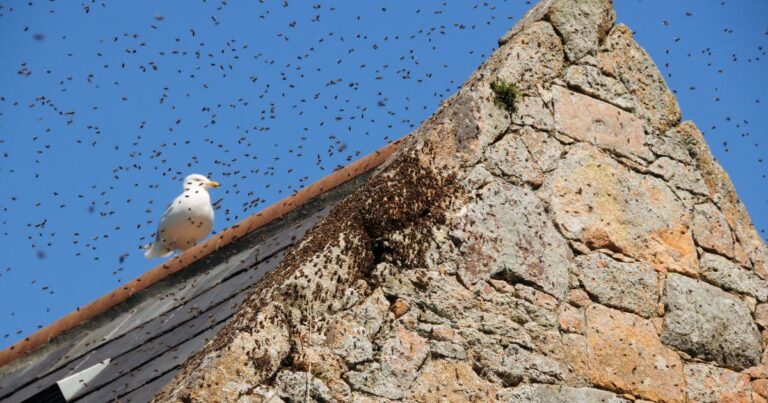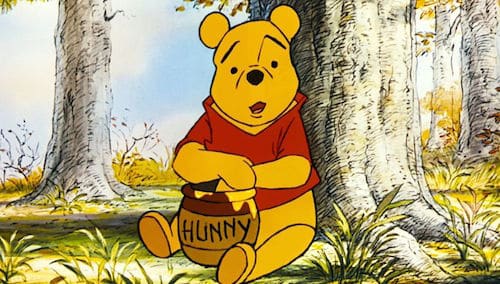Australian Honey’s Unique Signature
Since the uncovering of fake, counterfeit and adulterated honey recipes by large corporations in Australia, the question of authenticity has been more important than ever in local apiculture.

I have spent a lot of time talking and thinking about the unethical marketing of honey. The more I do, the more I know with certainty that the solution lies in buying honey from local beekeepers.
This not only keeps small businesses going but also ensures you’ll receive real Australian honey from bees, and not from other countries or non-bee sources. It’s not that genuine honey from other places isn’t wonderful for its own reasons, it is, but when you are told that you are buying local honey, and supporting the local economy, that’s exactly what you should be doing.
That is why the idea of a pollen signature has become very interesting to me. A pollen signature could be described as the unique character of a certain honey from a certain place as shown through an analysis of the pollen within it. You see, honey is made by bees from the nectar of flowers, and this nectar contains large amounts of pollen; bees actually make separate trips for nectar and pollen, but pollen spills into the nectar via the process of collection anyway. It’s typical that a single beehive will contain between 5 and 30 distinct types of pollen from different or closely related plant species.
In turn, the microscopic study of pollen contained in honey, known as melissopalynology, becomes useful in analysing the makeup of a specific type of honey. The process usually involves a sample of honey, which is heated and diluted with warm water and alcohol. Acids and chemicals are then used to remove the proteins from the sample, leaving behind the “exine” – an almost indestructible pollen casing. Despite there being some pitfalls with this process, it is a useful way of assessing the geographical and botanical source of a honey variety.
A study in 2018 by researchers at the University of Melbourne, Kale Sniderman and Kia Matley, brought to light some interesting information about the unique character of Australian honey. In their article featured on The Conversation, they explained that most Australian honey is produced from hives located within or in close proximity to native vegetation, usually forests and woodlands dominated by numerous species of Eucalyptus trees. Therefore, Australian honey contains lots of Eucalyptus pollen.
The issue is that despite 800 or more species of Eucalyptus being native to Australia, a number are spread in other parts of the world, including Spain, Brazil and China – this means that more information is needed to qualify an Australian pollen signature.
The researchers were in luck! They found that in addition to Eucalyptus pollen, Australian honey typically contains pollen produced by the “cousins” of Eucalyptus within the plant family, Myrtaceae. This group adapted to be pollinated by mammals and birds, but to satisfy their larger energy needs, these plants had to produce large volumes of nectar; a nectar that bees also love to feast on! These related pollens don’t seem to appear in honey signatures from other countries where Eucalyptus is present, making the combination uniquely Australian! Exciting stuff!
Visit The Ben’s Bees Shop to buy our pure raw honey.



